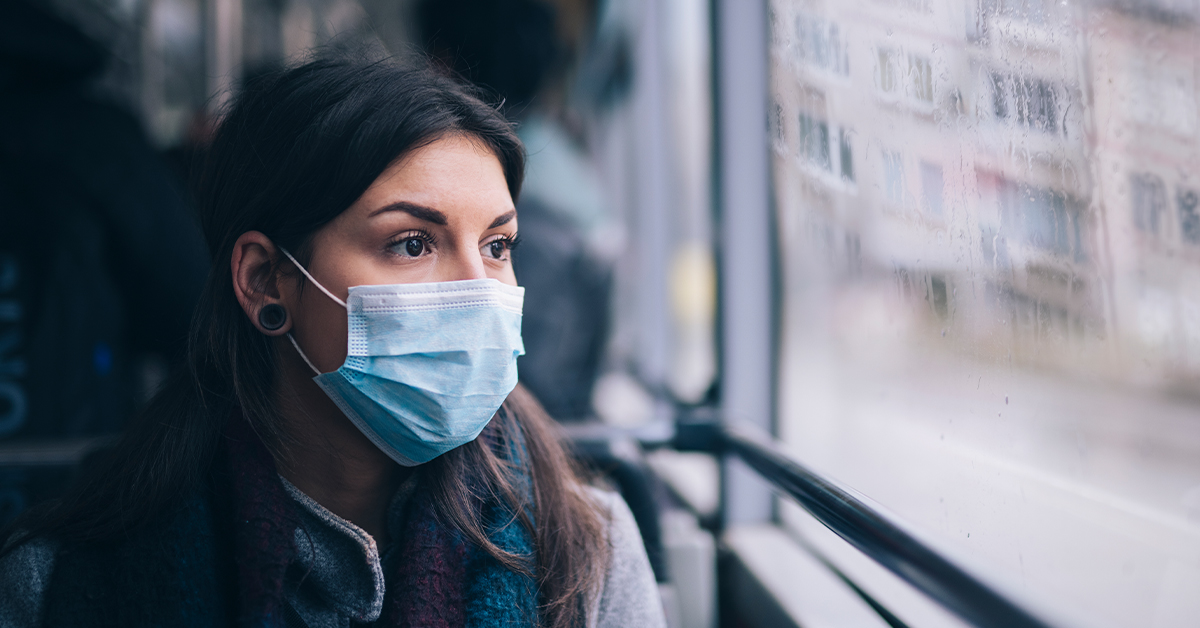Should we wear a face mask when out in public right now? It’s a question many people have since the Centers for Disease Control and Prevention (CDC) issued its new recommendation that people wear face masks when leaving their homes. Canada’s chief public health officer has echoed the recommendation.
There is confusion because the CDC and the Public Health Agency of Canada had initially suggested that face masks not be worn in public. The flip-flop in recommendations has triggered many questions.
It’s important to understand that, in a complex and evolving situation as this, it can be quite difficult to set a firm policy. As the situation changes, the risks and benefits of recommendations are constantly re-evaluated. In a way, it’s reassuring that agencies aren’t being rigid and are revising their guidelines based on the best available information, with the goal of keeping us all safe.
However, the reason behind much of the change in face mask recommendations is the increase in community spread of the virus. We now believe that there is indeed some community transmission from people with no symptoms (asymptomatic), or minimal symptoms (pre-symptomatic), before they realize that they are sick. This occurs when these individuals are breathing, sneezing or coughing in close proximity to others (within 6 feet). At first, transmission of the virus in these circumstances was thought to be unlikely but we’re now reconsidering that possibility. The CDC wants to err on the side of keeping people safe, particularly in areas of the world that have seen high levels of community transmission and where physical distancing measures can’t always be optimally practiced.
While wearing a face mask does have some risks – it must be worn properly or it can increase the risk of infection, for example – experts believe that the benefits likely outweigh the risks at the present time.
We should consider wearing a face mask when venturing out into the community where it may be difficult to maintain social distancing measures. In other words, if you’re likely to get within 6 feet of others despite your best efforts, wear one. This includes visits to a grocery store or pharmacy where groupings of people are common. However, individual interactions such as going for a jog or a walk don’t necessarily require one.
In addition, you don’t need a medical grade face mask (surgical or N95, for example). In fact, you can make your own cloth mask at home. The CDC provides useful information on how to do just that: https://www.cdc.gov/coronavirus/2019-ncov/prevent-getting-sick/diy-cloth-face-coverings.html
Wearing a face mask safely is of the utmost importance. The cardinal rule is to treat it as if it’s covered with the virus. Remember to wash your hands before putting the mask on, making sure it covers your mouth and nose. Never touch the mask itself while wearing it. Be very careful to not let the mask touch your face when removing it. Wash your hands immediately upon removing it. It should not be reworn until it has been fully cleaned in hot water in a washing machine.
Lastly and perhaps most importantly, don’t fall victim to the false sense of security that a mask can provide. No mask can provide 100% protection. Continue to practice physical distancing while wearing it.

